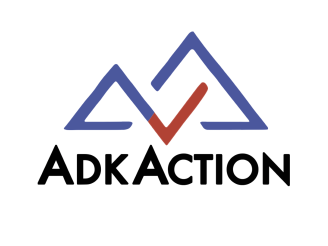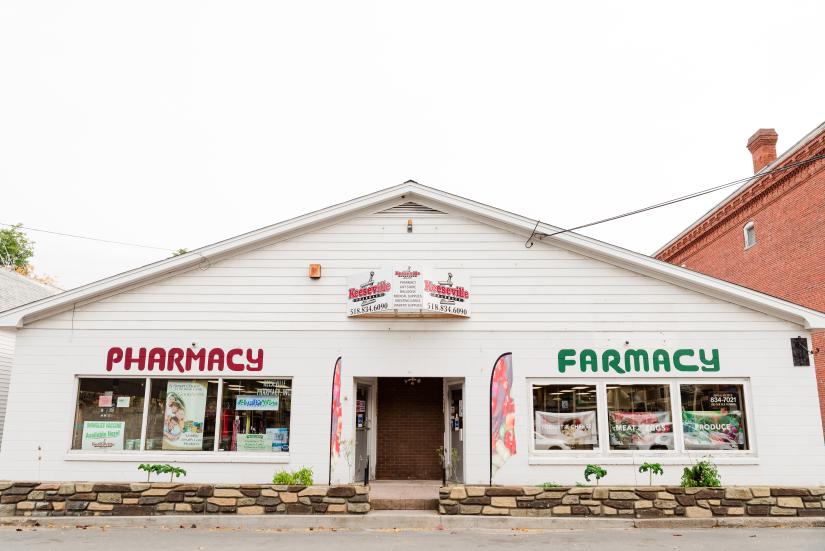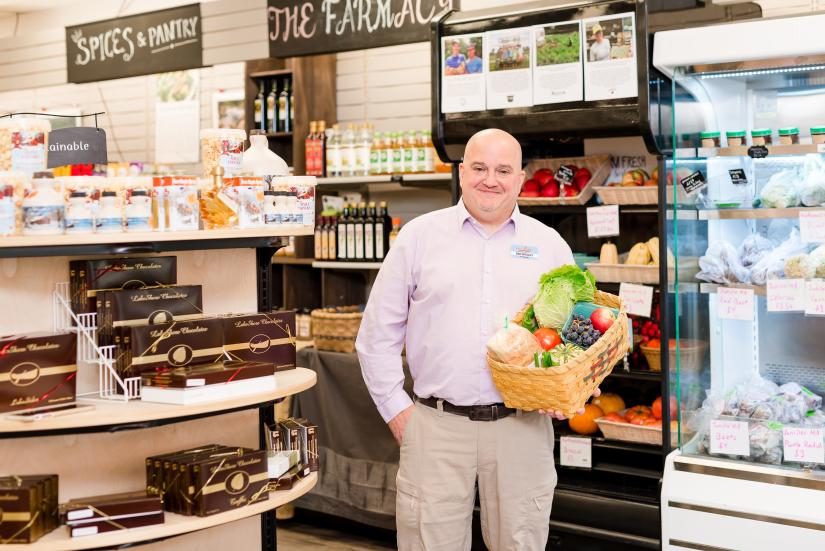AdkAction: Taking Action to Address Food Insecurity in New York’s Adirondack Region

This spring, the Invest NYC SDG blog will be featuring bi-monthly posts written by student researchers working on FoodMapNY, a collaboration between NYU Stern CSB and Cornell University that seeks to identify how private engagement and investment can provide long term, market-based solutions to food insecurity in underserved NYC neighborhoods, as well as communities across New York State. FoodMapNY is supported by the Mother Cabrini Health Foundation.
As part of our work on FoodMapNY, the Invest NYC SDG team is interviewing stakeholders from a range of sectors across New York State. These conversations will inform different strategies to address issues of food insecurity, with the eventual goal of developing 4–6 pilot projects ready for investment. Highlights from selected interviews will be published here.
Innovative food retail strategies can address food insecurity amongst New York State residents, particularly for populations at increased risk of experiencing hunger. Multiple aspects of a community food environment, including food retail, influence individuals’ decisions about where to shop, dietary quality, food security status, and associated health outcomes. (1) Communities with limited food retail locations, for example, may have to travel further to purchase groceries (2), or rely on smaller, convenience stores with limited selection of healthy food (3), predisposing them to poor health outcomes. Rural residents across New York State (NYS) experience disproportionate rates of food insecurity (4), fueled in large part by limited food retail access and the increasing closure of food retail outlets in rural areas. (5,6) To address these needs, AdkAction, a non-profit organization operating in NYS’ Adirondack Region, has developed a unique food retail model that incorporates local grocery options into existing storefronts.
Begun in 2017 as a public-private partnership between AdkAction and Keeseville Pharmacy, the “Farmacy” model reduces the cost of opening and operating a new storefront while leveraging existing community assets to reduce the risk of food insecurity. This model retail strategy emerged after the closure of Keeseville, NY’s only grocery store in 2013, which left residents with the option of driving miles to the next nearest grocery store or relying on dollar stores for their household groceries. AdkAction’s Executive Director Sawyer Bailey states that this situation is not unique, as more than a dozen grocery stores have closed in the region over the past decade. But with the closure in Keeseville, their organization was “given a front-row seat to the needs that existed in our community for residents who have limited mobility, limited transportation, and limited budget.”
AdkAction teamed up with Dan Bosley, the long-time owner of the Keeseville Pharmacy, who bought the shuttered RadioShack located next door to his business. He worked closely with AdkAction to outfit the newly acquired space with coolers, connect it with procurement systems, and begin selling local food at the newly opened Farmacy. In this location, Keeseville residents can purchase locally sourced and healthy foods, including fruits, vegetables, dairy, and value-added products, within the expanded pharmacy space, including through SNAP, WIC, and other programs. Bosely’s slogan, in fact, is “Good Health Starts at the Table.” As Bailey states:
“We all know that the food you eat affects your quality of life, your nutrition, your health, and we wanted to see if there were ways to create more access in Keeseville to local, healthy food, and we found a champion in our local pharmacy.”
AdkAction began on the principle that a small number of passionate people can make a big difference. In 2007, over 30 community members met with an early idea to form a committee to raise money, support important issues, and advocate for the specific community and environmental needs of Adirondack residents. After the results of a community survey revealed broad consensus across numerous challenges – many of which became the bedrock of AdkAction’s current programming – AdkAction was born.
AdkAction now operates with a team of four as a 501(c)(3) organization. The organization’s projects continue to be directly informed by community input: each project is led by a board member in partnership with AdkAction staff, partner organizations, and consultants to ensure adequate capacity and expertise needed to make a positive impact on Adirondack communities. AdkAction currently works across different project areas, including conserving pollinator habitats, reducing pollution due to road salt, and increasing food access.

Photo credit Julia Backus.
AdkAction replicated the Farmacy model in 2019 with the opening of the Mountain Weavers Farm Store in nearby Port Henry, New York. Although food retail items in the model’s second location are stocked next to high-quality handmade baskets made by local residents rather than pharmacy products, the partnership between AdkAction and Mountain Lake Services continues to offer products from local farms and food processors, as well as educational programming, including community cooking classes, onsite tasting events, and weekly recipes. The model has since been adapted to three different locations – the Farmacy in Keeseville, the Mountain Weaver’s Store in Port Henry, and a location in Rouse’s Point – offering 125 different food products from 25 local farmers in the region, with plans to expand in capacity, technology, and number of locations. Bailey states that the organization has “taken [it] upon ourselves to try to bring this to additional towns, because we know that it can. It can be tailored, and it can be a good fit.”
As rural communities continue to lose local food retailers, the work of organizations such as AdkAction has become particularly important in ensuring that residents in the Adirondack Region have access to local, healthy food. Bailey states that the organization thinks that there are “plenty of other rural areas that could benefit from this sort of mixed model retail,” and that the Farmacy model can be adopted in any retail site that is willing to carry food alongside its normal products. AdkAction now offers a Farmacy Model toolkit to assist in the adoption of this innovative food retail model, making the model adaptable to both urban and rural communities facing challenges related to fresh food access. But as Bailey reminded us, “It’s all about finding that champion.”

Photo credit Julia Backus.
Avery Sirwatka is a Graduate Research Assistant at New York University Stern School of Business and a first-year Master of Public Health student at Cornell University, concentrating in Food Systems & Health. Originally from Western New York, Avery has a background working in agriculture, food retail, and food distribution. He completed his undergraduate coursework in Public Policy and Psychology at the University at Buffalo, where he also worked in the Food Systems Planning and Healthy Communities Lab to advance food systems efforts at the nexus of planning, policy, and public health. Avery continues to work along similar lines in his graduate studies, particularly in post-industrial and rural communities across the state. He can be reached at ps676@cornell.edu.
(5) Liese et al., “Food Store Types, Availability, and Cost of Foods in a Rural Environment.”
(6) Simpson, “As Rural Groceries Fade Away, Lawmakers Wonder Whether to Act.”
